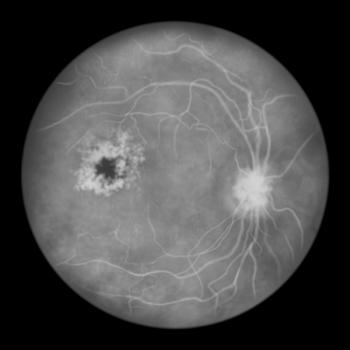
Physical Activity May Influence Diet in Men
Sedentary behavior found to increase preference for high-fat diets and calorie consumption in rats.
Although the Department of Health and Human Services recommends that adults participate in at least 150 minutes of moderate intensity aerobic physical activity per week, approximately 90% of the population do not meet this threshold. The lack of physically active adults is a large contributor to high
Interestingly, a new study published by Behavioural Brain Research suggests that physical activity could change diet preferences among men; however, these results were not observed in women.
"Our team wanted to make every effort to study female perspectives on how exercise affects diet, because most other studies neglect females," said researcher Jenna Lee "We wanted to take a look at what drives diet preference and if environmental factors, such as physical activity, play a role in how males and females eat."
In the study, the authors split male and female rats into a sedentary cohort and a cohort that had access to a running wheel, with both groups receiving the same diet.
After 1 week, the rats were given a choice of 3 diets: high fat, high sucrose, and high cornstarch. Each diet featured the same amount of protein. The rats were able to access all 3 diets for the remainder of the study.
The authors found that sedentary males preferred the high-fat diet, while other male rats ate half as much of that diet, according to the study. The exercise cohort of male rats had increased intake of the other 2 diets.
Sedentary females mostly ate the high-fat diet, while female rats who exercised also preferred the high-fat diet. Notably, females that exercised consumed more calories than the other cohort, according to the study.
"We also examined brain opioids and gut microbiota, and we discovered key changes that paralleled the patterns observed in diet preferences between male and female runners,” Lee said.
The authors report that these findings highlight the necessity of conducting studies that illustrate the biological differences among men and women, according to the study.
“A reason for this might be that females have an elevated threshold for rewards. Considering females demonstrate higher levels of reward signaling in the brain, this may possibly explain the higher threshold or capacity for reward,” Lee concluded. “Perhaps something like running may be satiating for males but not for the females, so the females are consuming more of the high-fat diet. We expected to find differences between runners and sedentary rats, but it was the sex differences that surprised us."
Newsletter
Stay informed on drug updates, treatment guidelines, and pharmacy practice trends—subscribe to Pharmacy Times for weekly clinical insights.


























































































































































































































